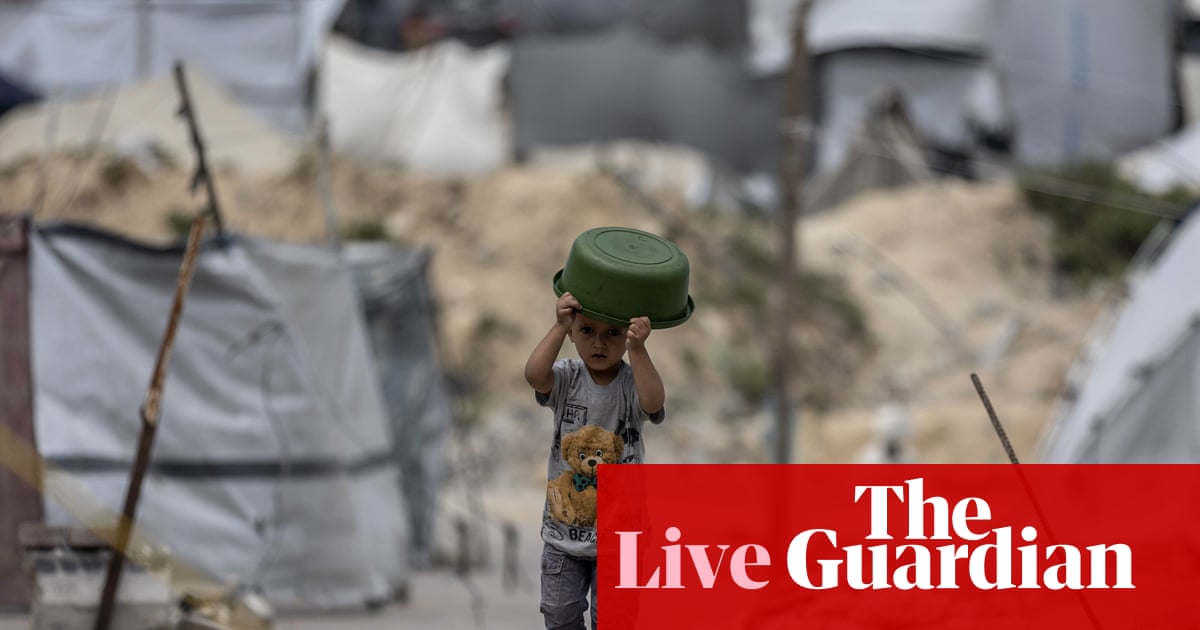The article presents a dire situation in Gaza amid the ongoing conflict, highlighting humanitarian crises and escalating violence. It focuses on the impact of the Israeli blockade and airstrikes on civilians, especially vulnerable populations such as children and the elderly. The narrative aims to draw attention to the severity of the humanitarian crisis while critiquing Israeli policies.
Humanitarian Crisis Emphasis
The report underscores the catastrophic humanitarian conditions in Gaza, with a specific mention of starvation affecting children and the elderly. The statistics shared, including the recent deaths attributed to starvation, serve to evoke an emotional response from readers. Such details are intended to highlight the consequences of the blockade and military actions, creating a sense of urgency and moral imperative for international intervention.
International Law and Human Rights
By framing the blockade as collective punishment and a breach of international law, the article seeks to position the situation in Gaza within a larger context of human rights violations. This perspective may resonate with readers who are concerned about international law and humanitarian issues, potentially galvanizing public opinion against the Israeli government.
Public Perception Manipulation
The article may aim to sway public sentiment in favor of the Palestinian cause by emphasizing the suffering of innocents while downplaying the complexities of the conflict. The language used, such as “total Israeli blockade” and references to “total inadequacy” of aid, could be seen as emotionally charged, potentially leading to a biased perception of the conflict.
Comparative Analysis with Other Reports
When compared to other reports from the region, this article aligns with narratives that focus heavily on civilian suffering. Similar stories often highlight the humanitarian aspect, while other reports may focus on political or military strategies. This suggests a concerted effort to draw attention to the humanitarian crisis, possibly at the expense of the broader political context.
Potential Socio-Political Impact
The information presented can significantly affect public opinion, potentially influencing political decisions regarding foreign aid and military support. It may also amplify calls for governmental action against perceived injustices in Gaza, impacting international relations and policies towards Israel and Palestine.
Target Audience
The piece likely aims to resonate with humanitarian organizations, activists, and the general public concerned with human rights. By invoking empathy for the suffering of children and vulnerable populations, it seeks to engage those who prioritize humanitarian issues and social justice.
Market Implications
In terms of market reactions, heightened tensions in the Middle East can lead to fluctuations in oil prices and influence stocks related to defense contractors or companies operating in the region. Investors may react to news of escalating violence and humanitarian crises, which can impact market stability.
Global Power Dynamics
The article contributes to the discourse surrounding global power dynamics, particularly in relation to U.S. foreign policy in the Middle East. It aligns with ongoing debates about military aid to Israel and humanitarian support for Palestinians, reflecting a significant aspect of contemporary geopolitical discussions.
AI Influence in Reporting
If AI was utilized in composing this article, it might have been employed to aggregate data or generate statistical insights. However, the language and emotional tone suggest a human touch, possibly aiming to invoke a specific reaction from the audience. AI models could have helped in structuring the information but the overall narrative appears to be driven by a human editorial perspective.
In conclusion, this article presents a reliable account of the humanitarian crisis in Gaza, supported by factual information and urgent calls for action. However, its emotional framing and focus on civilian suffering suggest an underlying agenda to mobilize public sentiment and pressure for international intervention.
